Steps Of The Total Quality Management Process
Starting out on the total quality management journey requires careful planning. Without the planning you will not have a structured approach.
You have seen in our last page “What is Total Quality Management” what we are aiming for. Here we are suggesting how you can define total quality management for your organisation.
Key Elements Of The Total Quality Management Process
The key elements in the implementation and which need careful planning are:
Commitment And Leadership Of Senior Management
You will need the total commitment of the Company management. Without their commitment, nothing will change and nothing will be made permanent. It is important that they show leadership, provide direction – simply take charge personally.
In the ideal world, the management make TQM a central focus and communicate that to all the employees.
Planning And Organisation
There are a couple of planning issues that need to be taken into consideration
- To integrate a long term planning for the TQM approach into the business strategy building process, together with the development of any financial strategies, information technology strategies, production strategies, etc. By embedding TQM in the existing strategy processes, it is far more likely to become sustainable.
- Build TQM quality into the key processes, such as R&D, Production, Sales, HR even! You do this by actively seeking areas where the TQM Tools can be utilised with great effect. Quality Circles, Concepts of Continuous Improvement, Customer satisfaction results – also internal customer satisfaction results.
- Develop and make widely known prevention-based methodologies, such as Cause and Effect, Mistake-proofing, QFD, FMEAs, CATWOE, etc.
- Plan a systematic approach how Quality should be managed. Consider where, when and how Quality Procedures, tools and techniques should be used. Make risk factor one of the deciding criteria as to when and where. Be aware of the potential of over-documentation. Keep it real – and effective.
- Develop an infrastructure how continuous improvement actions can take place. This may or may not include a steering committee. You must have people responsible for the coordination and facilitation of improvements. This infrastructure must be part of the overall management structure of the business.
- The “mantra” for all work done in TQM must be to pursue standardisation, the systematization and the simplification of work instructions, procedures and systems.
Using Quality Management Tools and Techniques
How good is any carpenter without a good toolbox? Well, it is the same with TQM. Decide on tools for prevention, problem-solving, concept mapping and train the people in these methods. You will find a great amount of these methodologies here on this site, check out
- Concept Mapping
- Problem Solving Techniques
Education And Training
Plan a holistic approach to education and training within the company, not only on the tools and techniques you will use, but also on TQM.
Aim for a common understanding of what the approach is and how your company wants to use this approach to greatest effect.
The training should be viewed as an investment in the future of the business – as well as a means to develop the abilities and knowledge of the employees, helping them to realize their potential.
Promote continuous education and self development. In this way, the latent potential of employees will be released. Remember Knowledge is power.
Involvement
Promote and facilitate employee participation and contribution to the continuous improvement process.
Seek out and listen carefully to the views of the employees and act on their suggestions. Ensure that everyone has a clear understanding of how their process(es) have an impact to the business as a whole. Make their role clear and make their contribution a rewarding experience.
Teamwork
Teamwork is one of the key features to involvement and without healthy teamwork, you will find it difficult to gain the commitment and participation of people throughout the company.
Recognize openly positive contributions and achievements. Celebrate and reward success.
In one company I worked for, there was an annual global reward ceremony for teams and their achievements. This was a major boost to creative and innovative improvements, with rewards for individual contributors, teams, global teams, etc. After the award ceremony, the results were widely publicized throughout the organisation.
Measurement And Feedback
Measurement of the key results of the company needs to be done, on both internal and external performance indicators. These indicators should arise from existing business measure be they competitive, generic or functional indicators).
By measuring the performance, you can assess whether the activities or your approach is meeting its strategic goals. This should lead to action plans to improve the meeting of objectives.
Working Co-operatively
- Everyone in the organisation must be made feel responsible for their own processes
- Employees should be enabled to inspect their own work
- No defects are allowed to pass on to the internal customer – onto the next process.
- Each and every person must feel responsible for their customer and aim to satisfy their requirements
- Mistakes should be viewed as an opportunity to improve.
- External suppliers and customers must be integrated into the continuous improvement process.
|
1. What is TQM |
3. TQM Philosophers |
4. Tools & Techniques |
|
5. TQM Culture |
6. TQM Pitfalls |
Start Of Training |
Go to Top of Total Quality Management Process







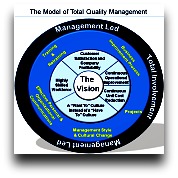
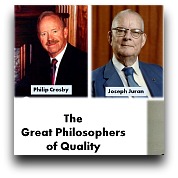


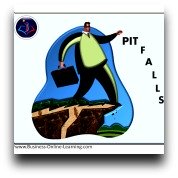
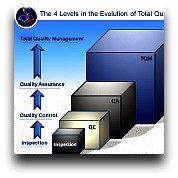
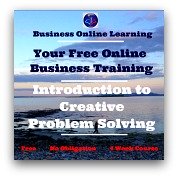
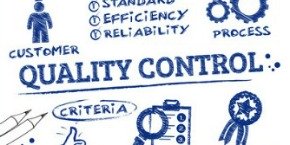

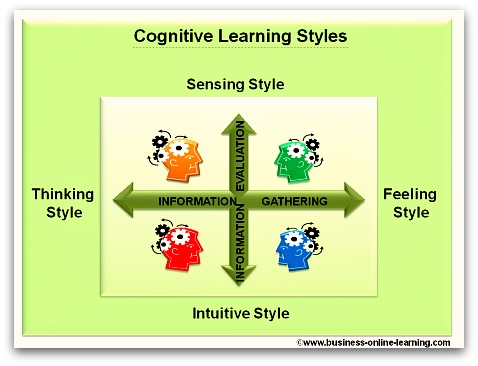
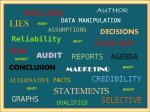
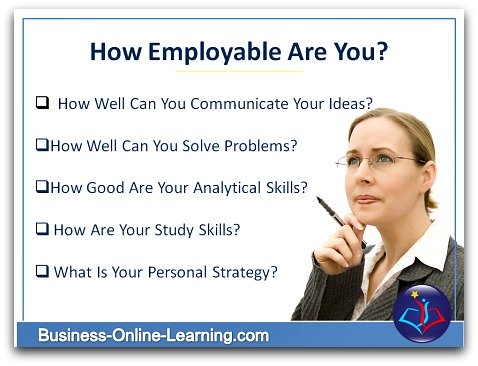
 My name is Martha and I have worked for over 30 years in various aspects of business and in various countries, right around the world.
My name is Martha and I have worked for over 30 years in various aspects of business and in various countries, right around the world.